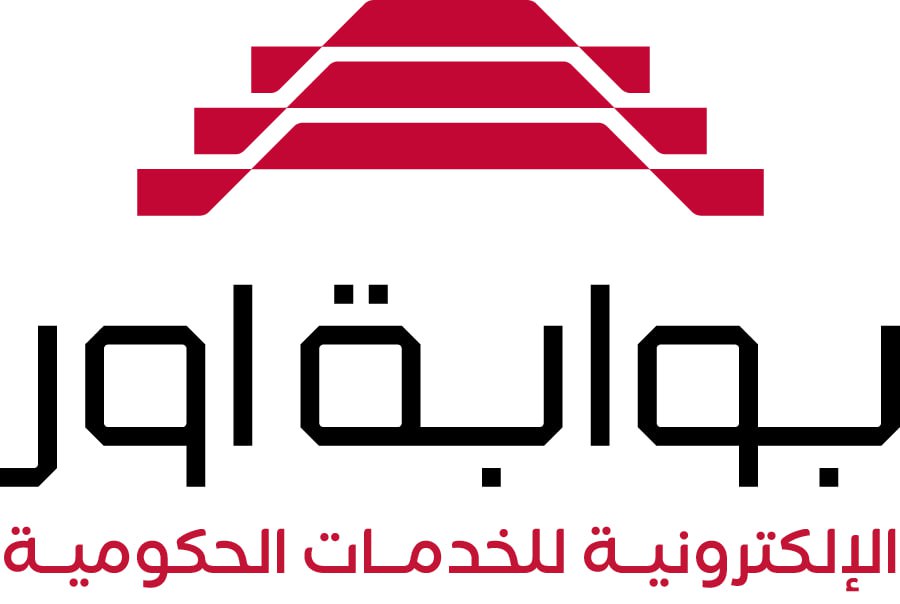اسم الباحث : علاء مالك وعد
اسم المشرف : أ. د. عبد الستار كريم هاشم
الكلمات المفتاحية :
الكلية :
الاختصاص : علوم الفيزياء
سنة نشر البحث : 2025
تحميل الملف : اضغط هنا لتحميل البحث
الخلاصة
تحتوي التربة على العديد من النظائر المشعة الطبيعية مثل (اليورانيوم-238 , الثوريوم- 232 , البوتاسيوم-40). تنتقل هذه العناصر المشعة الى النباتات من التربة المزروعة فيها, والتي بدورها تنتقل الى الانسان من الطعام الذي يتناوله. وتعتمد الجرعات الاشعاعية على تركيز النظائر المشعة الطبيعية وسلالاتها في المواد الغذائية, وبالتالي فأن تقييم النشاط الاشعاعي في النباتات له اهمية كبيرة من وجهة نظر السلامة الاشعاعية. حيث تم جمع 100 عينة بواقع 50 عينة نبات كل من (البرسيم ,الشعير, السبانغ , الفجل, السلق) و50 عينة تربة من نفس موقع النبات وشملت المناطق الزراعية في محافظة كربلاء وهي كل من قضاء الهندية وقضاء الحسينية وقضاء الحر وقضاء عين التمر, حيث ترفد هذه المناطق الاسواق المحلية بالمحاصيل الزراعية. تم قياس تراكيز النظائر المشعة (40K, 232Th, 238U) باستخدام كاشف يوديد الصوديوم المطعم بالثاليوم NaI(Tl) والنظائر المشعة (238U, 226Rn, 222Ra) باستخدام كاشف CR-39.
أظهرت النتائج ان متوسط قيم النشاط الاشعاعي النوعي ل40K, 232Th, 238U في عينات التربة (1.040±10.136, 0.654±10.392, 6.151±347.777) Bq/kg على التوالي, اما في عينات النبات فكانت النتائج (0.489±2.235, 0.336±3.158, 5.147±247.593) Bq/kg على التوالي. تم مقارنة هذه القيم مع متوسط القيم العالمية لمنظمة ((UNSCEAR 2008 حيت وجدت اقل من القيم المسموح بها عالميا. اما نتائج معامل الخطر الداخلي (Hin), معامل الخطر الخارجي(Hex), معدل الجرعة الممتصة في الهواء(Dr), مكافئ الراديوم(Raeq), خطر الاصابة بالسرطان مدى الحياة(ELCR) , مكافئ الجرعة الفعالة السنوية(AEDE) , الجرعة المكافئة السنوية للغدد التناسلية(AGED), معدل التعرض, مؤشر الفا(Iα), مؤشر كاما((Iγ, لبواعث اشعة كاما في عينات التربة والنبات كانت ضمن الحدود المسموح بها عالميا. كذلك نتائج الجرعة الفعالة السنوية ((AED ومخاطر السرطان الوراثي(HCR) في عينات الخضروات كانت ضمن الحدود المسموح بها عالميا, بينما نتائج ((AED و (HCR) في عينات البرسيم والشعير التي تتناولها الأبقار والاغنام كانت اعلى من القيم المسموح بها بسبب زيادة الاستهلاك السنوي لها.
كما وجد معدل قيم تراكيز (238U, 226Ra, 222Rn) في عينات التربة (1.030±2.791, 0.064±0.174, 1.052±2.849) Bq/kg على التوالي, بينما متوسط القيم في عينات النبات كانت (0.283±1.083, 0.017±0.067, 0.289±1.106) Bq/kg على التوالي. حيث وجدت ضمن الحد العالمي المسموح به وفقا لـ UNSCEAR. وجدت نتائج معدل الانبعاث الكتلي (EM), ومعدل الانبعاث السطحي ((ES, والجرعة السنوية الفعالة (Deff), ومؤشر الفا ((Iα, ومؤشر الاصابة بالسرطان مدى الحياة (ELCR), والجرعة الداخلية المتوسطة السنوية (AD), وزيادة مخاطر الاصابة بالسرطان (REC) لعينات التربة والنبات كانت اقل من الحدود المسموح بها وفقا لـ (,ICRP UNSCEAR). اما نتائج عامل الانتقال لـ (40K, 232Th, 238U) و (238U, 226Ra, 222Rn) من التربة الى النبات فكانت ((0.720, 0.304, 0.234, (0.4095, 4097, 4098) على التوالي.
Cancer Risks of Transferred Radionuclides from Soil to Plants in Karbala Governorate Iraq
ABSTRACT
Soil contains many natural radioactive isotopes such as uranium-238, thorium-232, and potassium -40. These radioactive elements are transferred to plants from the soil in which they are grown, which in turn is transferred to humans from the food they eat. Radiation doses depend on the concentration of natural radioactive isotopes and their strains in food materials, and therefore the assessment of radioactivity in plants has great importance from the point of view of radiation safety. One hundred samples were collected, 50 plant sam-ples each of alfalfa, barley, spinach, radish, and chard, and 50 soil samples from the same plant site, including agricultural areas in Karbala Governorate, namely Al-Hindiyah District, Al-Hussainiyah District, Al-Hur District, and Ain Al-Tamr District, as these areas supply local markets with agricultural crops.
Radioisotopes (238U, 232Th, 40K) were measured using a thallium doped sodium iodide detector NaI(Tl) and radioisotopes (222Rn, 226Ra, 238U) using a detector CR-39. The results showed that the average values of specific activity for 238U, 232Th, and 40K in soil samples were (10.136± 1.040, 10.392±0.654, 347.777 ±6.151) Bq/kg respectively, while in plant samples the results were (2.235±0.489, 3.158±0.336, 247.593±5.147) Bq/kg respectively. These values were compared with the average global values of the UNSCEAR (2008) where they were found to be less than the globally permissible values.
As for the results of internal hazard index (Hin), external hazard index (Hex), absorbed dose rate in air (Dr), radium equivalent Raeq, excess life-time cancer risk (ELCR), annual effective dose equivalent (AEDE), annual gonadal equi-valent dose (AGED), exposure rate (X ̇), alpha index (Iα), and gamma index (Iγ) for gamma ray emitters in soil and plant samples, they were within the glo-bally permissible limits. Also, the results of the annual effective dose (AED) and hereditary cancer risk (HCR) in vegetable samples were within the glo-bally permissible limits, while the results of (AED) and (HCR) in alfalfa and barley samples eaten by cows and sheep were higher than the permissible val-ues due to the increase in their annual consumption.
The average values of concentrations of (222Rn, 226Ra, and 238U) in soil sam-ples were found to be (2.791±1.030, 0.174±0.064, 2.849±1.052) Bq/kg res-pectively, while the average values in plant samples were (1.083±0.283, 0.067 ±0.017, 1.106±0.289) Bq/kg respectively. They were found within the global permissible limit according to UNSCEAR. The results of mass exhalation rate (EM), surface exhalation rate (ES), effective annual dose (Deff), alpha index (Iα), excess lifetime cancer rick (ELCR), annual average internal dose (AD), and risk of an excess cancer (REC) for soil and plant samples were found to be less than the permissible limits according to UNSCEAR and ICRP. The results of the transfer factor for (238U, 232Th, 40K) and (222Rn, 226Ra, 238U) from soil to plant were (0.234, 0.304, 0.720), and (0.4098, 0.4097, 0.4095) respectively.



























































